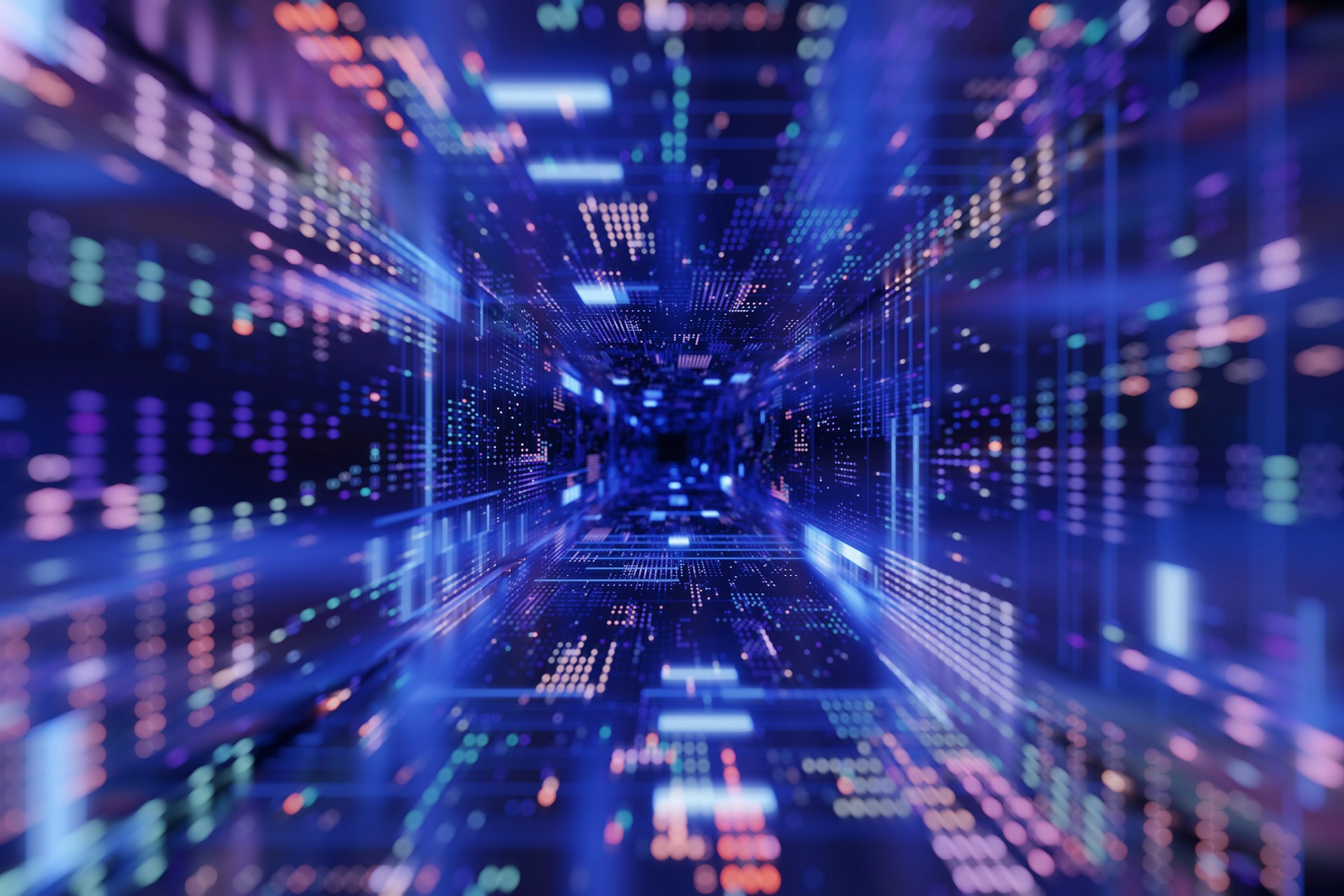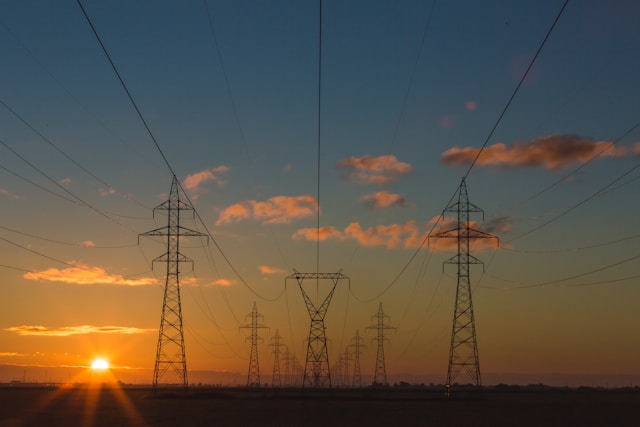
Nuclear energy in 2024 – mid-year report: strategic directions and research imperatives for a sustainable future
As we are all about to get back to work, it is a good time to reflect on what happened in the nuclear industry from January to summer. And it is safe to say, it finds itself at a crucial crossroads, shaped by its potential to address global energy and environmental challenges. With nations worldwide aiming to meet ambitious climate targets and diversify their energy sources, the nuclear sector emerges as a critical player. Its success hinges on navigating a complex landscape of strategic and technological advancements.
This year’s primary focus for the industry has been the development and implementation of long-term policies that guarantee the ongoing operation of existing nuclear facilities and promote the establishment of new capacities. These developments span from large reactors to Small Modular Reactors (SMRs) and Advanced Modular Reactors (AMRs), all integral for boosting nuclear power’s role in the energy mix, enhancing grid reliability, and driving down carbon emissions.
The sector has also advocated for equitable financial opportunities for all carbon-neutral technologies. This includes significant pushes for European financial backing and inclusion within the EU Taxonomy for sustainable activities, which would significantly enhance investment into nuclear ventures.
There’s a strong call to broaden access to EU funds beyond the traditional Euratom framework. The final goal is, of course, to facilitate the deployment of nuclear reactors and sustain the entire nuclear fuel cycle, from uranium mining to fuel fabrication and waste management. Proposals are on the table to double the budget of the Euratom Research and Training program and improve integration with other EU research initiatives.
Human capital development remains a pressing concern, with the industry needing a steady influx of skilled young professionals to sustain and expand its technical expertise. This workforce is crucial for operating current facilities and for spearheading innovations that ensure safer, more efficient nuclear energy usage.
The industry is also addressing the critical material supply, particularly high-assay low-enriched uranium (HALEU), vital for fueling next-generation nuclear reactors like SMRs and AMRs, which offer greater efficiency and flexibility than traditional reactors. Incentives to kickstart commercial production of HALEU are deemed essential to meet the rising demand for these advanced reactors without delay.
Moreover, nuclear energy is recognized for its potential to significantly reduce the carbon footprint of hard-to-abate sectors like steel, cement, and hydrogen production through innovative applications such as high-temperature steam electrolysis and direct reduction of iron ore.
The integration of digital technologies into the nuclear sector brings opportunities and challenges, particularly in enhancing operational efficiencies and managing complexities associated with cybersecurity and data integrity. These technological advancements necessitate robust regulatory and safety frameworks.
Lastly, effective management of radioactive waste and integrating nuclear technologies into the EU’s circular economy model are pivotal. Developing sustainable strategies for waste minimization, recycling, and disposal is essential for aligning with environmental goals and fostering public acceptance.
Recent developments:
Expansion in India: In a strategic move to diversify and strengthen its energy portfolio, India has made a significant leap by inviting private sector participation in its nuclear energy sector. The Indian government’s latest initiative focuses on the development and deployment of small modular reactors (SMRs), a technology seen as a cornerstone for future nuclear energy solutions due to their compact size and enhanced safety features. This policy shift is driven by the necessity to meet the increasing energy demands of its burgeoning economy while adhering to stringent environmental goals. The collaboration extends internationally, with the United States and Russia expressing keen interest in developing SMRs within India. These partnerships underscore a pivotal shift toward nuclear technology in global energy strategies, highlighting nuclear energy’s role in achieving sustainable development goals.
Advancements in the USA: The United States is witnessing a renaissance in nuclear technology with the start of operations of Vogtle Unit 4 in Georgia. This unit, alongside Vogtle Unit 3, represents the first new nuclear reactors to commence operations in the U.S. in over three decades. The completion of these units marks a significant milestone in the U.S. nuclear industry, demonstrating advanced nuclear technology’s potential to enhance the nation’s energy independence and sustainability. Moreover, the federal government has bolstered the nuclear sector with substantial legislative and financial support, including extending critical nuclear insurance and allocating funds for nuclear technology advancements. These actions reflect a robust commitment to revitalizing the nuclear industry as a key component of the U.S.’s clean energy future.
Global initiatives and funding: At the G7 summit, nuclear energy was championed as a strategic global asset, essential for achieving the ambitious targets set for net-zero emissions. The nuclear industry has called upon G7 governments to provide clear and decisive plans for the deployment of nuclear technology. This includes extending the lifespan of existing nuclear facilities and accelerating the development of new nuclear technologies such as SMRs and advanced modular reactors. Such steps are crucial for decarbonizing sectors that are difficult to electrify, including heavy industry and hydrogen production. The G7’s collective actions and commitments are pivotal, as they send a strong signal to markets and investors about the role of nuclear power in the global transition to a sustainable energy future.
Technological innovations: The U.S. has made significant strides in nuclear fuel technology. This development is part of a broader initiative to enhance the efficiency and safety of nuclear reactors, allowing for longer operational cycles and greater fuel efficiencies. These advancements are not just technical triumphs but also pivotal for the deployment of next-generation nuclear reactors that promise lower risks and higher operational efficiencies. The research in nuclear technology shows the industry’s ongoing efforts to adapt and innovate in response to evolving energy needs and environmental challenges.
International collaborations: The cooperative agreement between French and Italian companies to utilize nuclear energy for boosting the competitiveness and decarbonization of Italy’s steel industry is an example of how nuclear technology is being adapted for broader industrial applications. This initiative highlights the versatility of nuclear energy beyond electricity generation, positioning it as a crucial player in the global push for a low-carbon industrial sector. The collaboration leverages the respective strengths and capabilities of the involved companies, enhancing the technology transfer and innovation in nuclear applications. This approach not only benefits the participating countries but also sets a precedent for international cooperation in high-stakes industries, promoting sustainable industrial practices on a global scale.
Additionally, in a significant development in the Czech Republic, South Korean power giant KHNP has been selected to build two nuclear units at the Dukovany power plant, emphasizing the growing international trust in nuclear partnerships. This decision, favouring KHNP over France’s EDF due to more competitive terms including pricing, reflects the strategic importance and economic benefits of international collaborations in expanding nuclear capabilities and ensuring energy security.
France: After significant delays, France’s EPR plant at Flamanville, which started in 2007, is nearing grid connection, marking a pivotal development in France’s nuclear strategy. This plant is the precursor to the planned EPR2 reactors at Penly and Gravelines, highlighting a robust future for French nuclear energy.
Simultaneously, a collaborative initiative led by NAAREA, SCK CEN, THORIZON, and STELLARIA is advancing molten salt reactor designs, focusing on the impact of chlorine in reactor neutronics, which could enhance global reactor safety and efficiency.
Furthermore, the French government has extended its nuclear fuel recycling policy to 2100, aligning with the operational timeline of the new EPR2 reactors. Additionally, EDF requested permission from the French safety authority to reach criticality early in September.
In a strategic pivot, EDF is abandoning its innovative Nuward small modular reactor (SMR) design in favour of more traditional technologies after finding the original concept too complex and costly. This decision follows extensive consultations with regulators and potential clients, underscoring a shift towards enhancing reliability and reducing construction timelines in future nuclear projects.
These efforts underline the nuclear industry’s dynamic response to the opportunities and challenges of 2024, positioning it as a cornerstone in the global journey towards a sustainable and secure energy future. The concerted efforts of governments, industry stakeholders, and the research community are vital for realizing these ambitious goals.




